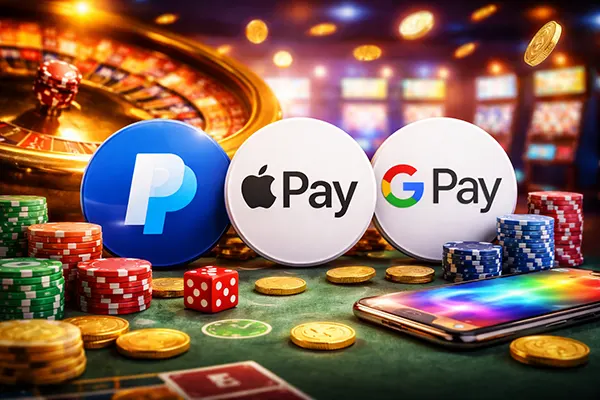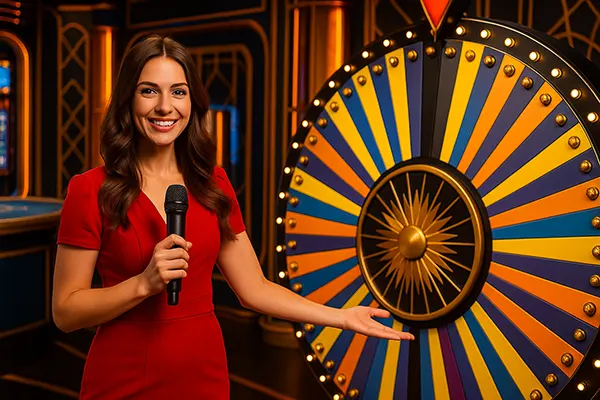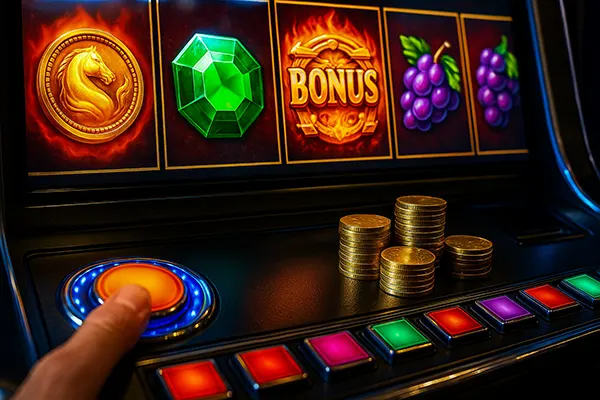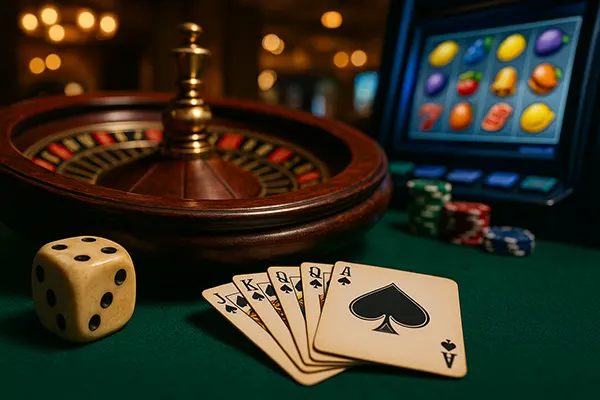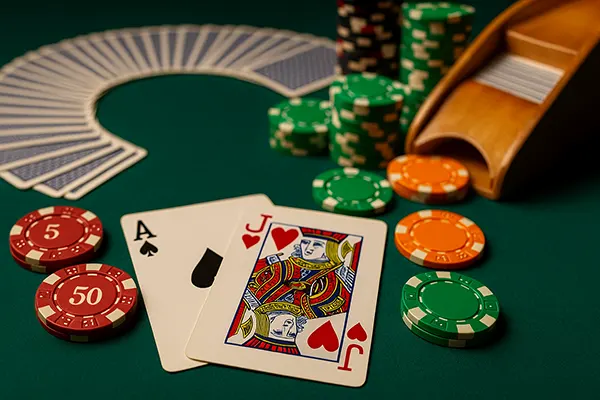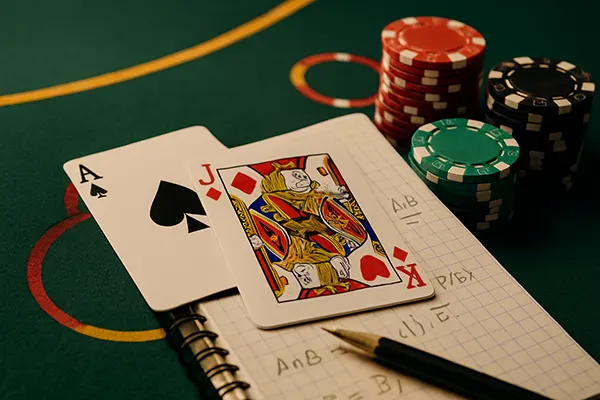
Blackjack and the Mathematics of Probability: How Card Counting Transforms the Game
Blackjack is one of the few casino games where mathematical strategy can give players a tangible edge. While many approach the game casually, professionals and enthusiasts study it as a complex system governed by probabilities. Central to this advantage is the method of card counting — a discipline rooted in probability theory that alters the perception of luck in blackjack.
The Basics of Probability in Blackjack
Every hand of blackjack is a probability puzzle. With a finite number of cards and rules dictating outcomes, each move can be optimised by understanding the likelihood of drawing specific cards. The core of basic strategy lies in predicting the most favourable outcomes based on known card distributions.
Blackjack uses multiple decks, which impacts the probability of specific cards appearing. For example, if many low-value cards have already been dealt, the chances of receiving high-value cards increase. This statistical shift forms the foundation of card counting systems.
Understanding expected value (EV) is also essential. EV calculates the average result of a decision over the long run. By combining EV with statistical probabilities, players can assess whether to hit, stand, double down, or split in any given situation.
Key Variables Influencing Outcomes
The dealer’s upcard significantly affects probability. When the dealer shows a weak card (like 4, 5, or 6), the chance of busting is higher, and players can adjust their moves accordingly. Conversely, when the dealer displays a 10 or Ace, caution is recommended.
Player actions also affect probabilities. For instance, hitting a hard 16 against a dealer’s 10 carries a high bust risk but could be necessary depending on previous outcomes. Optimal decisions are based not just on current cards, but the relative composition of remaining cards in the shoe.
Probabilities shift dynamically. After each card dealt, the makeup of the remaining deck changes. Players who understand this shifting landscape can adapt their strategy in real-time, even without formal card counting systems.
How Card Counting Works
Card counting tracks the ratio of high to low cards left in the deck. Since tens and aces are advantageous to the player, counting systems assign values to cards as they are dealt. The most popular system, Hi-Lo, assigns +1 to low cards (2–6), 0 to neutral cards (7–9), and -1 to high cards (10–A).
The “running count” accumulates these values as the game progresses. To adjust for the number of decks in play, this is converted to a “true count” by dividing the running count by the estimated number of decks remaining. A higher true count means a greater chance of drawing high-value cards.
This method allows players to increase their bets when the deck is favourable and decrease them when the deck is cold. Over time, this tactical shift gives the player a statistical edge — often between 0.5% to 1.5%, enough to flip the house advantage.
Legality and Ethical Considerations
Card counting is legal in most jurisdictions but frowned upon by casinos. It doesn’t involve cheating or using external devices — it’s purely mental strategy. However, casinos reserve the right to ban players they suspect of counting.
Surveillance systems, pit bosses, and deck reshuffling are common countermeasures. Some establishments use continuous shuffling machines (CSMs) to make counting impractical. Despite this, experienced counters still find opportunities, especially in games with fewer decks and manual shuffles.
Ethically, the debate continues. Critics argue that counters exploit the system, while proponents consider it a legitimate strategy that rewards skill and discipline. What’s undeniable is that it turns blackjack from a game of chance into one of calculated decision-making.
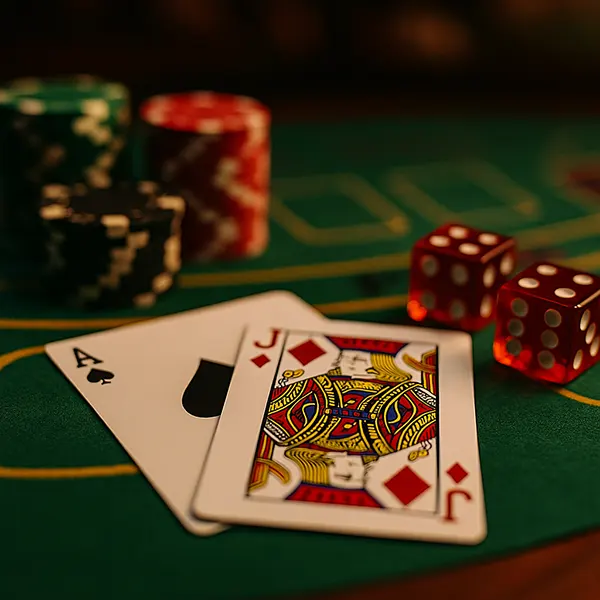
Impact of Card Counting on Game Dynamics
Card counting alters not just the player’s approach, but the tempo and psychology of the game. Players who count must manage their bankroll meticulously, blend in with other players, and avoid detection. It becomes not just a mathematical challenge, but a social one.
Casinos respond by changing rules — adding more decks, restricting doubling, or altering blackjack payouts. These adjustments reduce the profitability of card counting but often make the game less appealing to casual players as well.
Advanced counters operate in teams, as popularised by the MIT Blackjack Team. Using signalling methods and division of roles (spotters, controllers, big players), teams exploit favourable counts without individual players drawing attention.
Modern Tools and the Future of Counting
Technology has changed the landscape. Apps, simulators, and AI tools now help players train with greater precision. However, these tools are strictly prohibited during live play. Casinos are also leveraging AI to detect betting patterns indicative of counting.
Online blackjack with live dealers presents new counting challenges. While the mechanics are similar, card reshuffling practices and camera surveillance limit the effectiveness of traditional systems. Still, online environments can offer educational grounds for developing skills.
Looking ahead, card counting will remain a niche strategy. It requires patience, mathematical acumen, and a high level of self-control. For those willing to master it, blackjack offers one of the few casino games where skill can consistently beat luck.

